Editor’s note: Sign up for Unlocking the World, CNN Travel’s weekly newsletter. Get news about destinations, plus the latest in aviation, food and drink, and where to stay.
CNN
—
Today, it might be dismissed as just another port, but from day one this particular city has been a gateway to the world. At one point in time, it was the gateway to the world. A portal through which people passed on their way to some of the most resonant events in history.
From the founding of modern America to arguably the darkest night in maritime history, it has played its part.
Along the way, it also helped give birth to the multi-billion dollar behemoth that is the modern cruise industry.
This is Southampton.
Nestled in a sheltered inlet on England’s southern coast, Southampton has been somewhere for ships to sail in and out of for 2,000 years, carrying with them merchants, immigrants, tourists, invaders and pioneers.
At the turn of the 20th century, it pounced on the burgeoning ocean liner industry, and Southampton was soon synonymous with global travel: a name that rubbed shoulders with New York, Hamburg and Sydney.
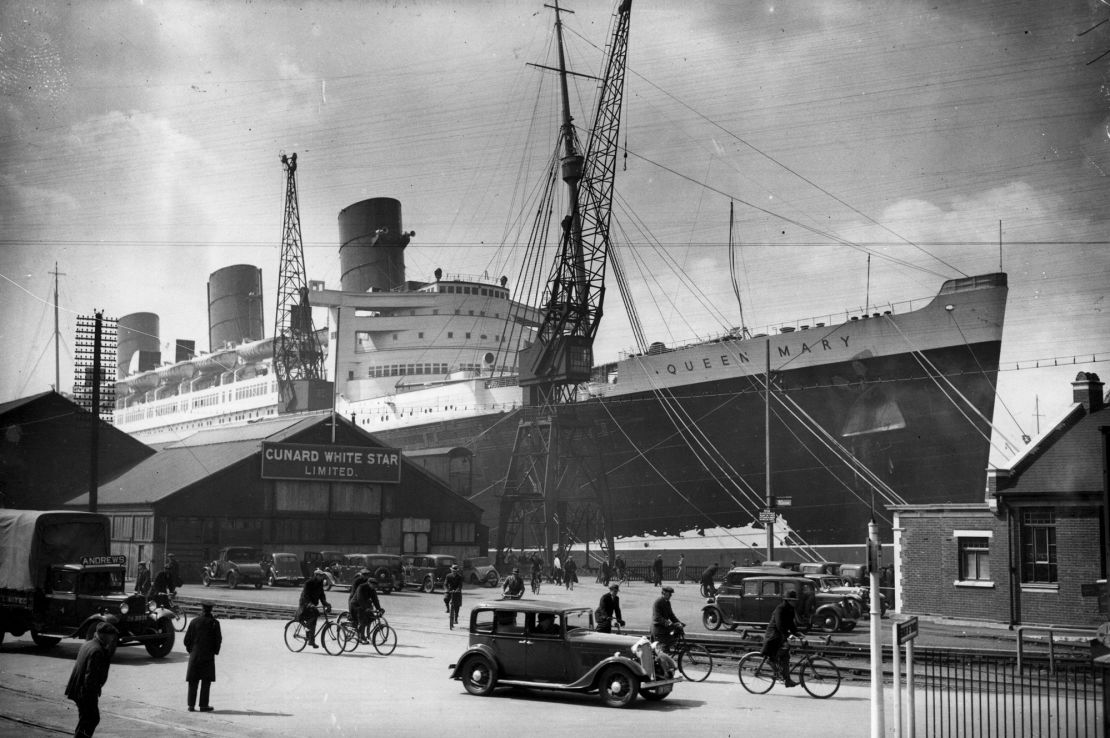
“They are rather proud of themselves down there,” wrote J.B. Priestley, a novelist from the north of England, of Southampton folk in his 1934 travelogue “English Journey.” “The great ships it harbours are the soul of the place. Their coming and going light it up.”
Priestley’s words might just as easily describe Southampton now. Three million passengers streamed through Southampton Port last year.
But it hasn’t always been plain sailing. Southampton’s is a story that entails unwelcome visitors, the specter of an infamous tragedy and a future in which drastic changes must be found.
A two-edged sword
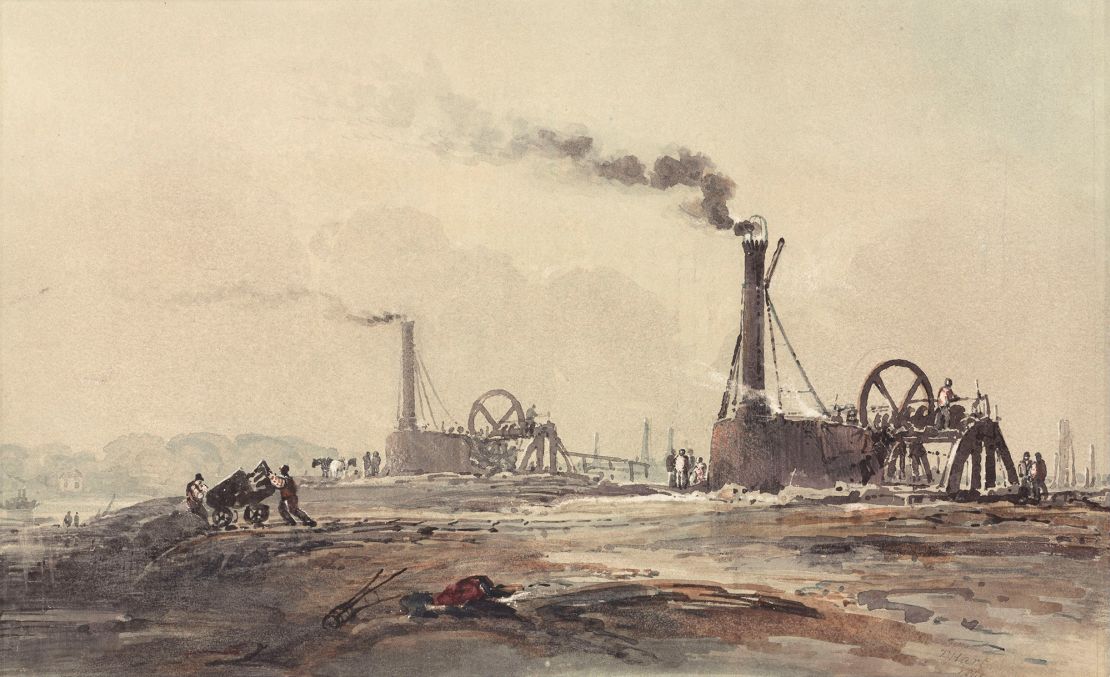
Being a “gateway to the world” could prove a two-edged sword. “It was a single nerve centre at which an enemy could strike with potentially deadly effect,” wrote historian Bernard Knowles in his 1951 book “Southampton: The English Gateway.”
In saltier times the town weathered its fair share of pastings at the hands of the Danes, Flemish and French. The latter led a particularly devastating raid in 1338, prompting the erection of stronger defensive walls, nubs of which still linger — their alcoves now frequented by huddles of students on Friday nights.
While early invaders were eager to get in, others used Southampton to get out. Or at least they tried to.
The Mayflower left Southampton on 15 August 1620, bound for Northern Virginia, but its leaky sister ship the Speedwell forced them to pull over first at Dartmouth, then Plymouth — from which the Mayflower set off in earnest, leaving the Speedwell behind.
By this time, Southampton was floundering as a port. In medieval times it had flourished — trading wool, silk, wine and spices — but its prosperity nosedived in Tudor times, as Italian traders went elsewhere. It wasn’t until the 19th century that Southampton would recapture its prowess once more.
The age of the ocean liner
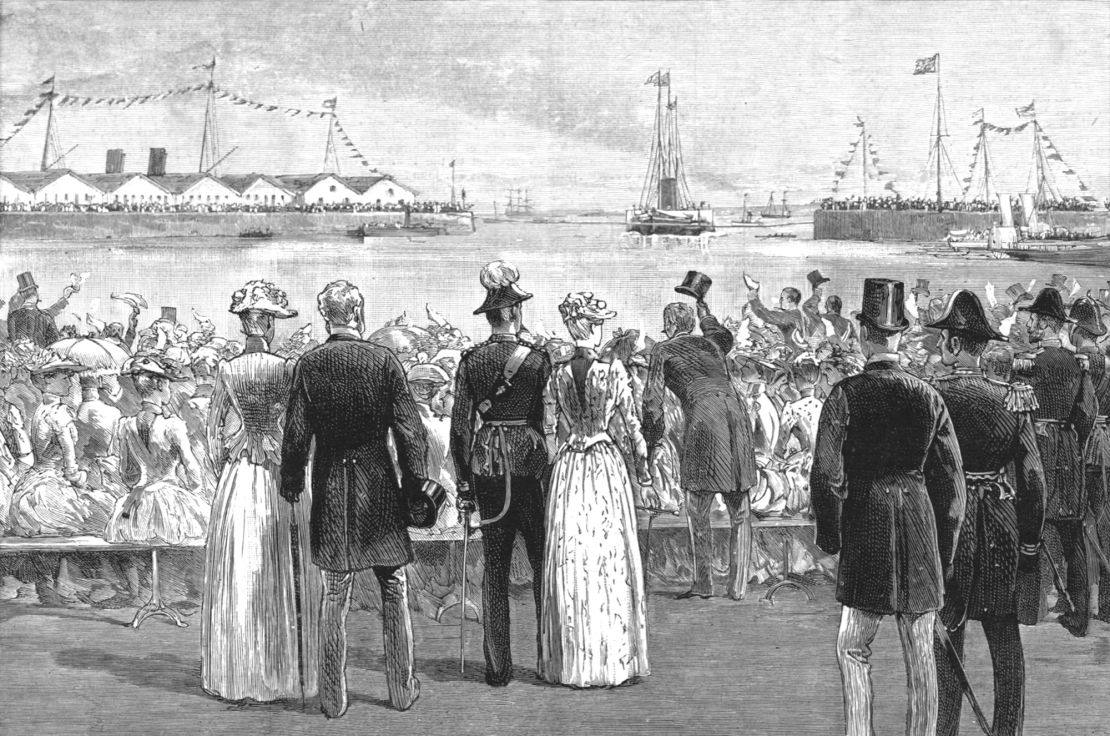
“What the agitation is of a steam vessel is, on a bad winter’s night in the wild Atlantic, it is impossible for the most vivid imagination to conceive.” So protested Charles Dickens as he sailed to the United States on the RMS Britannia in 1842. These were the budding days of the ocean liner, a mode of transport yet to be considered the height of luxury.
The same year Dickens registered this complaint, Southampton built its first docks. The era of the steam-driven ship was emerging, soon bringing with it redoubtable liners like the German Kaiser Wilhelm der Grosse (considered the first super-liner) and the British Lusitania, which was fatally torpedoed during World War I.
Southampton was in a prime spot for this burgeoning industry, and while major British shipping companies like White Star Line and Cunard started out in the shipbuilding city of Liverpool, they shifted operations to Southampton, due to the closer proximity to London, and thanks to Southampton’s “double tide” — a phenomenon which means the water in the port is deeper for longer.
As the ships grew in stature, so did Southampton Docks; the Itchen Quays between 1875 and 1892, Empress Dock in 1890, and the White Star Dock in 1910.
Ferocious rivalry was a catalyst for improvement. While competition bubbled between the British, German, American, Italian and French shipping companies for the Blue Riband — a prize for the swiftest cross-Atlantic passage — on board comfort also became imperative.
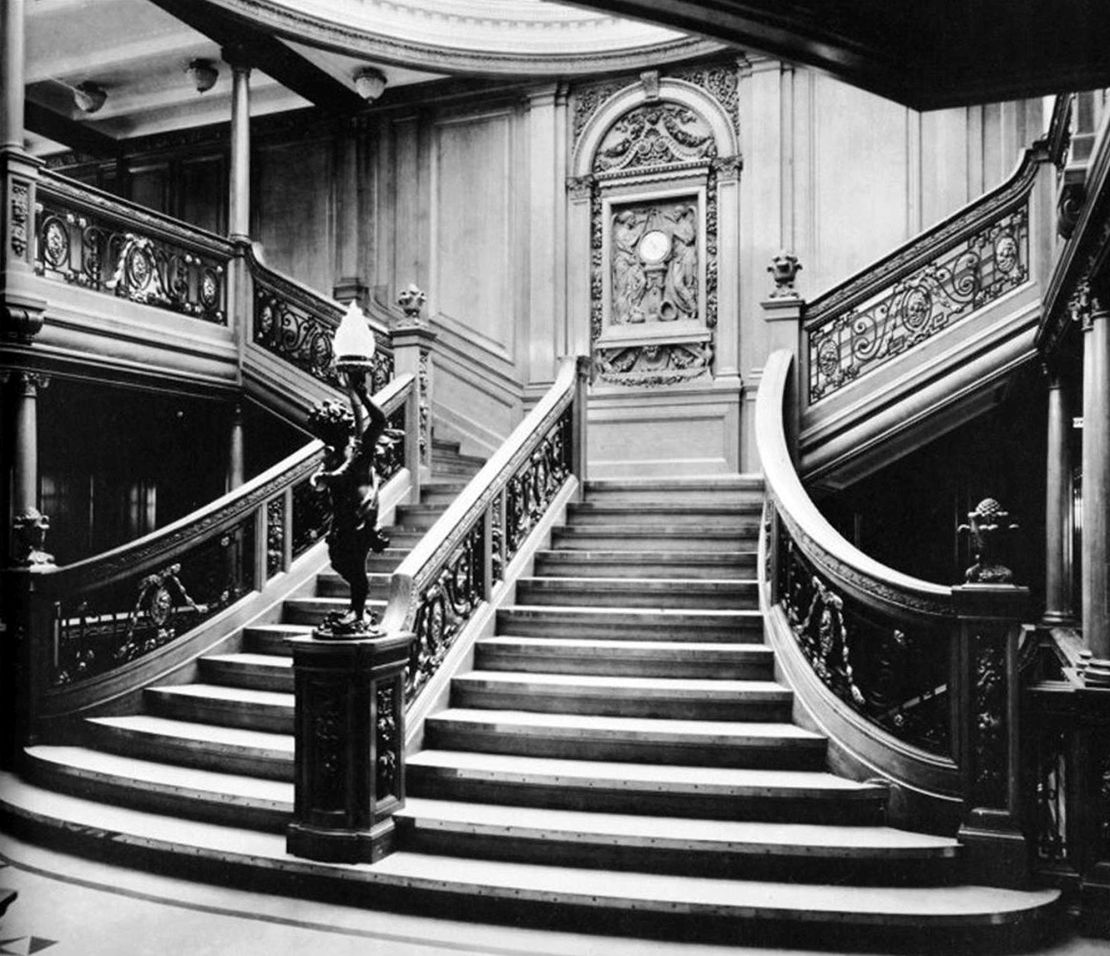
Lavish restaurants, fumoirs, libraries, gymnasiums and pools were installed on the newer ships. Turtle soup became a staple on first-class menus. Motifs were swiped from stately hotels and galleries: the Aquitania hung copies of paintings from London’s National Gallery; the staircase at what was Southampton’s Grand Hotel is said to have inspired Titanic’s.
Many of these “floating palaces” had Southampton on their route. The Normandie — an elite French liner, famous for her appearance on Art Deco advertisements — was described as “the most prodigious propaganda effort that civilization could produce in the 20th century.”
A fur-swaddled Marlene Dietrich was photographed aboard the Normandie in 1936, surrounded by a mountain range of luggage; a picture of deluxe seagoing travel. The Queen Mary made its maiden voyage from Southampton to New York in 1936, commanding a brilliant spectacle of flag-waving, while planes wheeling overhead. Some 7,000 people travelled to Southampton on special trains just to watch. The ship’s passengers were so keen to have a souvenir of their trip, by the time the Queen Mary had docked in New York, all the ashtrays had vanished.
The Ship of Dreams
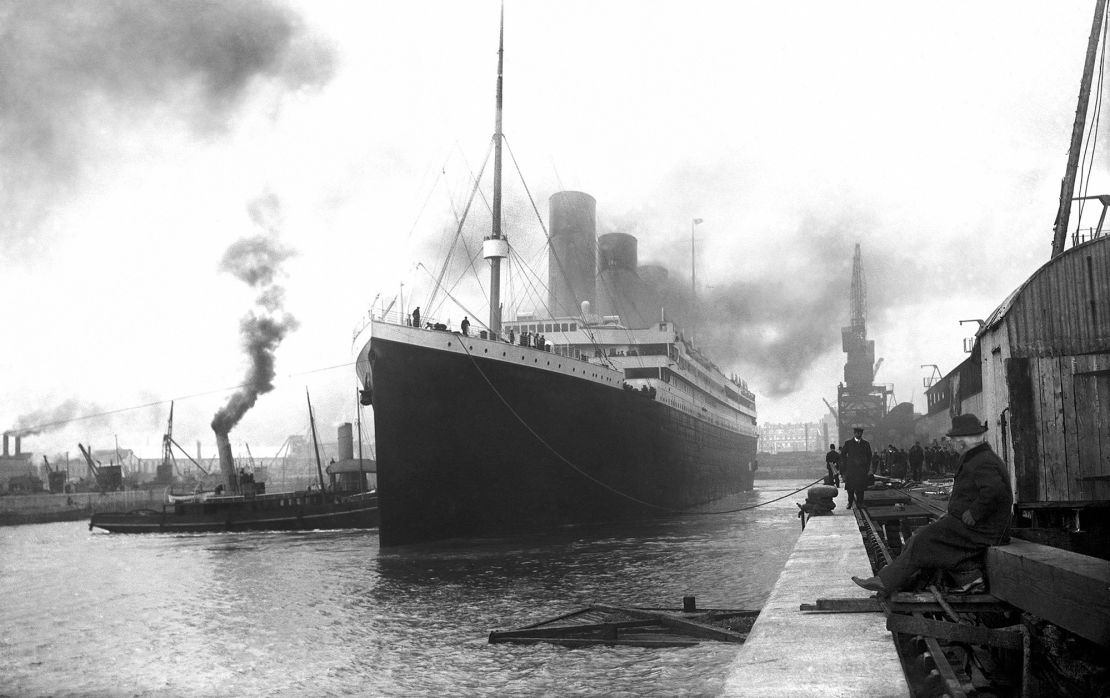
Of all the ocean liners that have docked at Southampton, one will forever haunt it. Well over a century since it sank, the ghosts of the White Star Company’s Titanic linger in the city’s docks and along its streets.
At the SeaCity Museum, a “Titanic Story” exhibition studies the local fallout from the disaster; 500 households lost a family member, and a floor map of the city freckled with red demonstrates just how widespread the grief was. The White Star Tavern on Oxford Street is named for the company that owned the Titanic; before the ship sank in 1912, this establishment was the Alliance Hotel, where many of the passengers stayed the night before boarding the fateful voyage.
Across the street, the Grapes pub is where the Slade brothers Alfred, Tom and Bertram — who’d all secured jobs as firemen aboard Titanic — ordered one round of drinks too many, arriving at the ship as the gangplank was being raised. They’d missed the boat, quite literally.
In the pubs, hotels and restaurants of today’s Southampton, cruise passengers rub shoulders with the sailing specters of the past. Berth 44 — from which “Titanic” set off, and where the Slade brothers were uncannily saved — is still used to this day, though superstition dictates it’s never a passenger ship.
The only White Star ship to survive is the Nomadic, now permanently docked in Belfast. But Titanic has an unlikely doppelganger stationed in Southampton. The SS Shieldhall is a steamship built in Glasgow in 1955, originally tasked with transporting sewage down the River Clyde. Since 1991 the vessel has been operating pleasure cruises out of Southampton Docks.
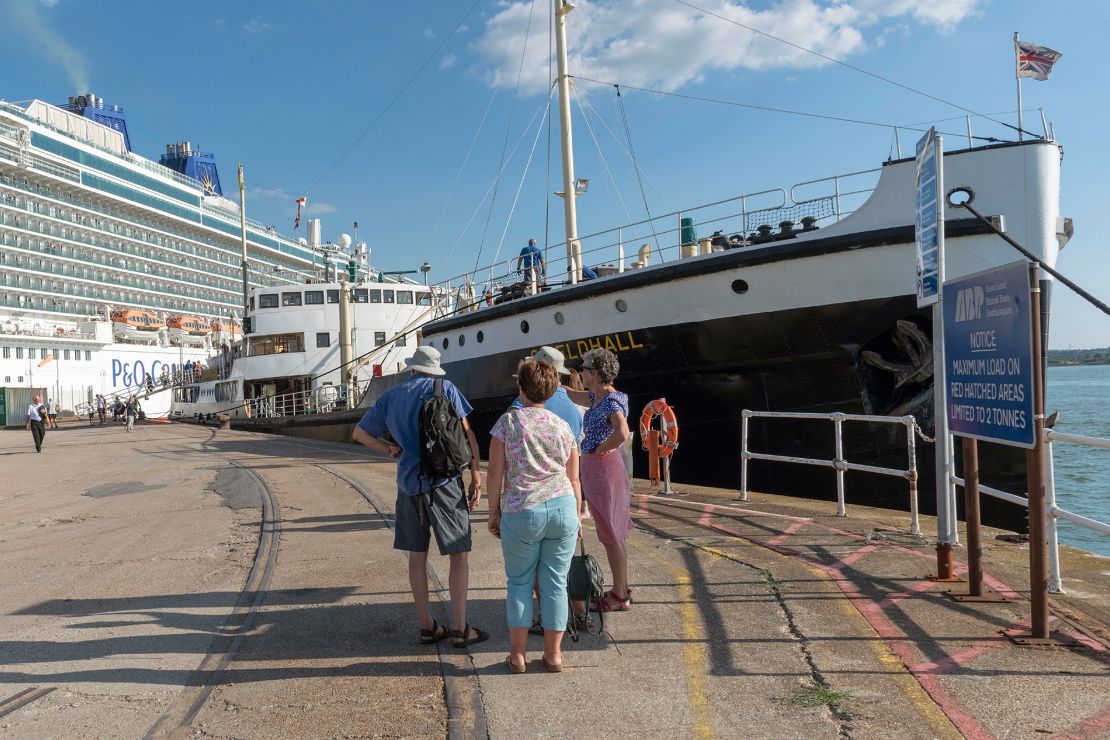
“We try to coordinate nearly every one of our sailings to be coming back as the cruise ships are leaving,” says Phil Stephens, one of the many volunteers who work on the Shieldhall. “They tend to salute us, being an ‘old girl’.”
The Shieldhall’s proudest possession is a steam-powered siren, which is used for good-natured shouting matches. “Our horn’s better than yours!” Shieldhall folk yell at the cruise ships soaring above them, as they power toward the storied ports of Europe or balmy Caribbean islands.
Few of those cruise passengers will realize just how much the pint-sized Shieldhall has in common with the world’s best-known ship. Despite its vintage, the Shieldhall was built to a 1910 design: “We’ve got equipment which is exactly the same as Titanic’s and it’s still working,” says Stephens.
Movie director James Cameron came aboard the Shieldhall to take photos while researching his 1997 blockbuster “Titanic.” Despite being a good deal smaller, the Shieldhall’s bridge, according to Stephens, is almost identical to Titanic’s.
“In that famous scene where Captain Smith is braced against the front of the ship,” says Stephens, “the ship’s going down by the nose and the water crashes through the windows… that’s our windows!”
Cruise control
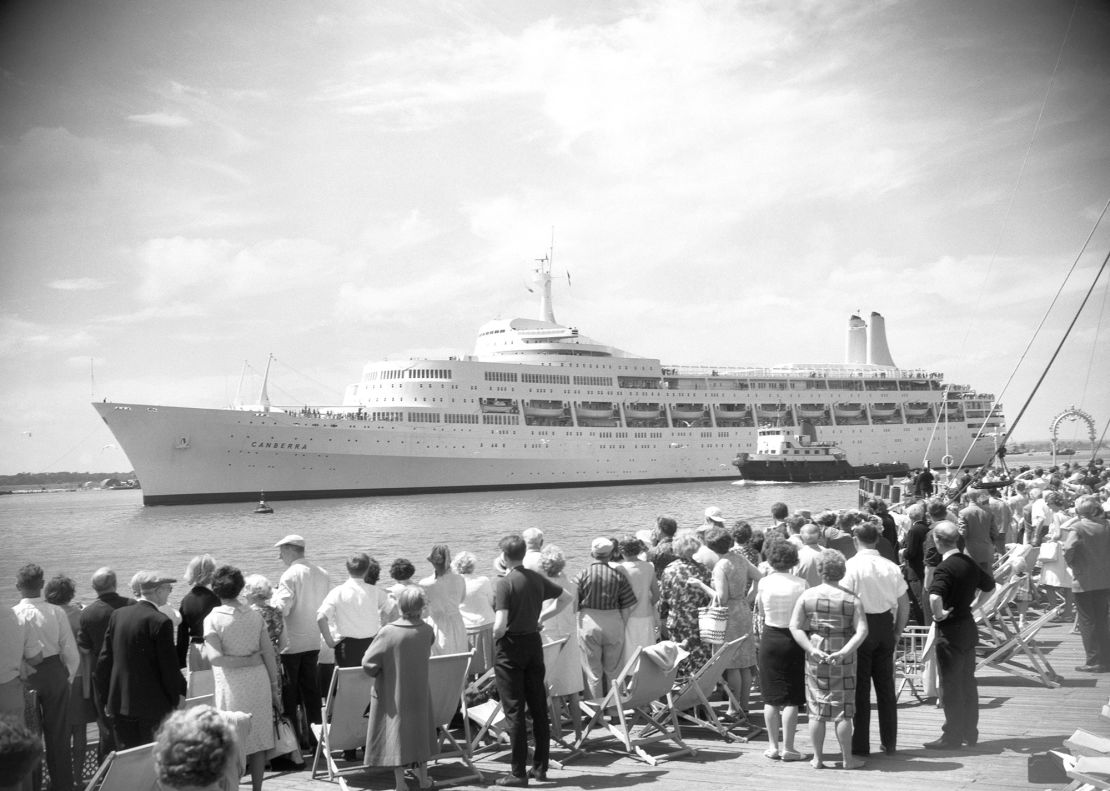
A stubborn myth persists that Titanic was speeding in order to snatch the Blue Riband, when it met with its icy fate. It’s true enough, though, that she was designed for swift passage across the Atlantic — back then ships were primarily for shuttling passengers from A to B.
Cruising — that is, visiting a number of ports in one voyage — has technically existed since 1883, when P&O offered around-the-world cruises on its ship Ceylon. But as the commercial aviation industry took flight in the 1950s and 60s, ‘shipping companies doubled down on the concept.
New contenders arrived on the scene: Princess Cruises (1965), Norwegian Cruise Line Cruises (1966), Thomson Cruises (1973) and MSC (1988). The Canberra, which sailed between Southampton and Sydney, Australia, between 1961 and 1997, epitomized this new era, introducing less formal spaces, such as the “Cricketer’s Tavern” pub, and the “Pop Inn” coffee bar, which was marketed at teens, with its Pop Art murals by a promising young student called David Hockney.
Each year now sees a record number of passengers pass through Southampton, most of them cruise passengers. Shuttling in from multi-story parking lots on the outskirts or debouching from the Art Deco Southampton Central station — the Streamline Moderne facade itself hinting at an ocean liner — excursionists pour onto skyscraper-high cruise ships that glitter on the docks.
From precipitous balconies the first beer of the vacation is cracked, the first page of the paperback — perhaps Tom Hindle’s “A Fatal Crossing” — turned. At the bellow of a horn and the weighing of an anchor, thousands of adventures commence in sync; one floating leviathan after the next melts into Southampton Water and the Solent beyond.
While these grand ships are often affiliated with a silver-haired, wealthy elite, this has never been altogether true. Everyone from the John Jacob Astors of this world (the Titanic’s wealthiest passenger), to the children of near-penniless immigrants have sailed on them.
Indeed, the dissimilar backgrounds of the passengers is a theme around which the movie “Titanic” pivots. In 2025, Southampton docks are more varied than ever. Grand Cunard liners like Queen Mary 2 which hark back to ships like the Normandie. Virgin Voyages, plugging poolside parties and firework displays. P&O’s family-friendly cruises, with kids’ clubs, creches and activities.
What lies on the horizon
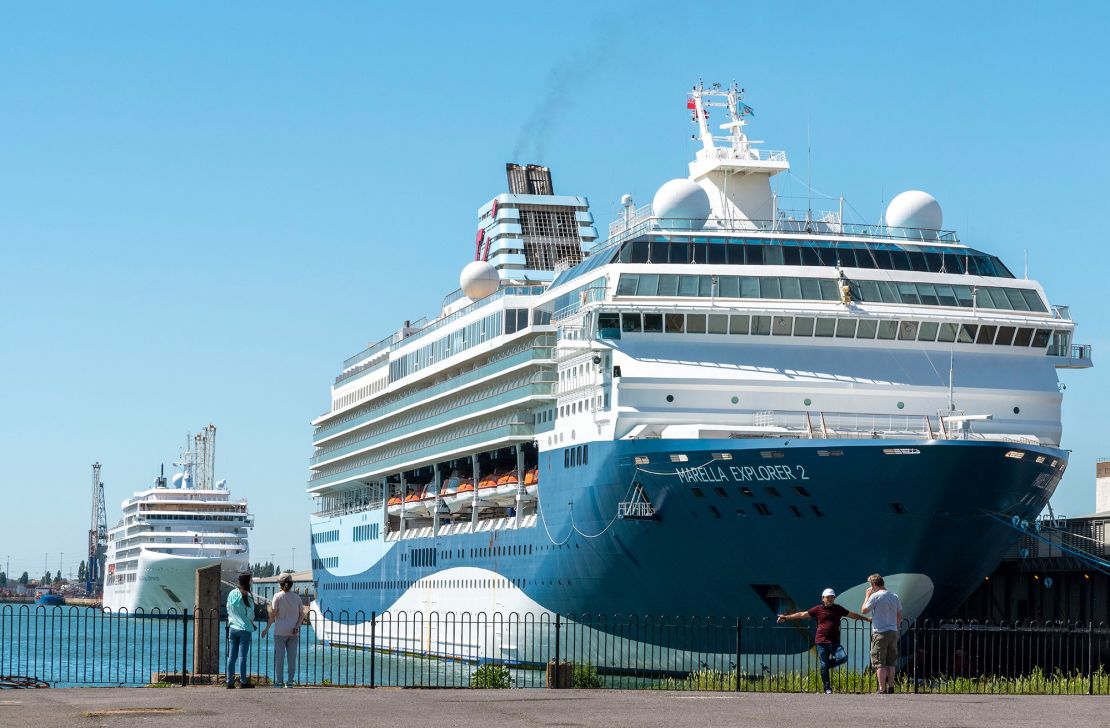
Ironically, the industry’s roaring success in the first quarter of the 21st century is spawning its own problems. There has been backlash from oversubscribed destinations, such as Dubrovnik in Croatia and Kotor in Montenegro — the curse of “overtourism.”
Environmental credentials are another hot topic. A spokesperson from Cunard, which operates three of its four ships from Southampton, says: “We are committed to more energy-efficient cruising and have equipped our ships with shore power, a technology that allows us to plug into the electric grid while in port and switch off our engines. This cuts greenhouse gas emissions and reduces air and noise pollution in ports.” It’s clear, though, that more drastic action is required, with cruising considered to be worse than flying in terms of carbon emissions per passenger.
However the industry weathers storms on the horizon, the bond between Southampton and shipping companies — some of which have now been here well over a century — will surely endure. In peak season, the manager of the White Star Tavern says, up to 100% of the guests tucking into their fried breakfast will within hours be en route to far-flung destinations by sea.
Still, it isn’t just these passing ships in the night that lend modern day Southampton its vibrancy. Back at SeaCity, a display explains that a number of Chinese seafarers settled in Southampton in the 1950s. At this time too, many Caribbean people came to Southampton by sea, and settled here. Ugandans fleeing the terrors of Idi Amin came here in the 1970s.
Southampton has embraced people from all corners of the globe. Liners now long retired — quite possibly scrapped — have helped forge a vibrant legacy that lives on in the city’s communities.
It is not just, as J.B. Priestley put it, the coming and going of the ships that have lit Southampton up — but the coming and staying of many of its visitors.





